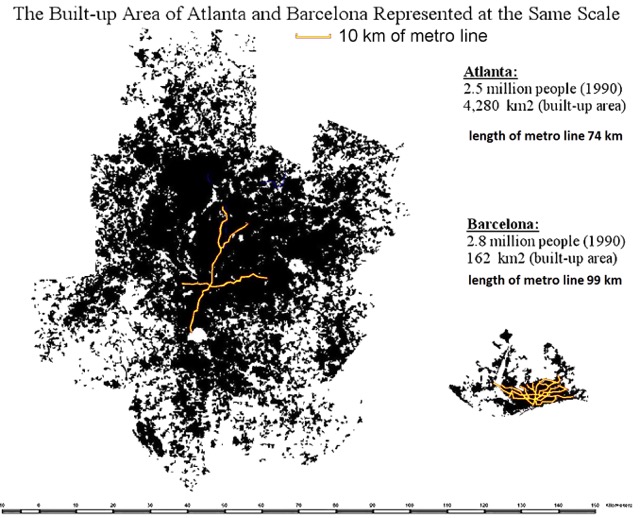“Weak transit hurts working class,” claims an article in the Portland Tribune. “Communities of color, lower-income communities and English language learners have moved farther from city centers due to rising rents, and into high-crash corridors,” reports the article. “These community members are injured and killed in pedestrian crashes at a higher rate than white, higher-income urbanites.”
What the article doesn’t say is that the reason why low-income people were pushed out of their rented, single-family homes near the city center is because Portland’s urban-growth boundary prevented the construction of affordable new single-family homes on the urban fringes. This forced middle-class families to buy single-family homes in the city, evicting the renters.
Those renters then moved into high-density transit-oriented developments built along Portland’s light-rail line. Since those developments tend to be built on busy streets, the streets are more dangerous to pedestrians than the local streets where their former single-family homes are located. Thus, Portland’s transit dreams are the cause, not the solution, to this problem. Continue reading








